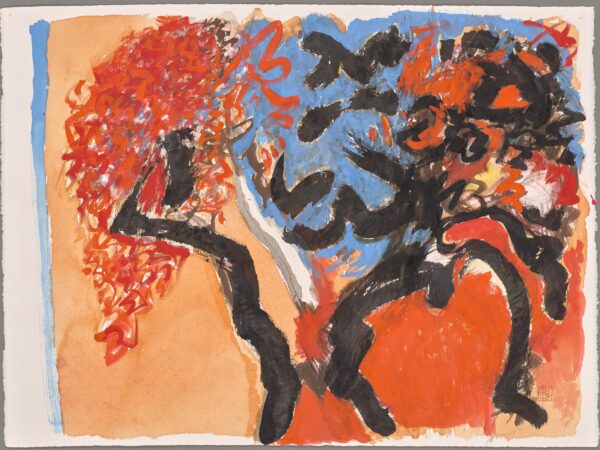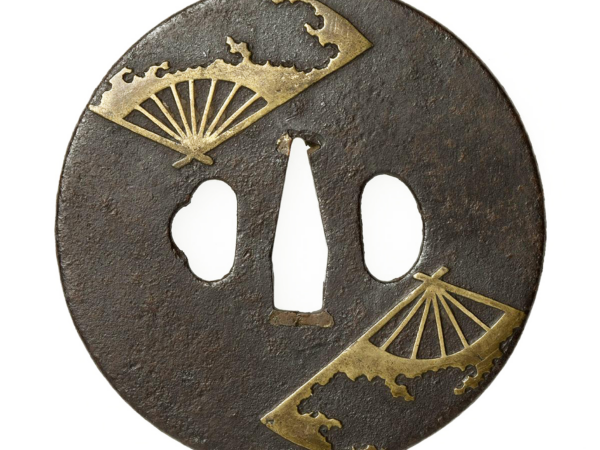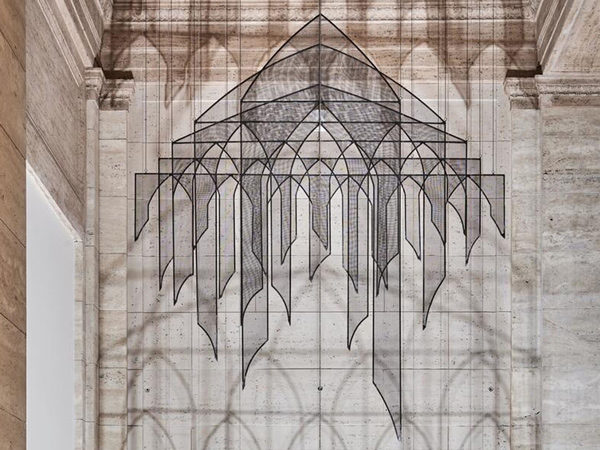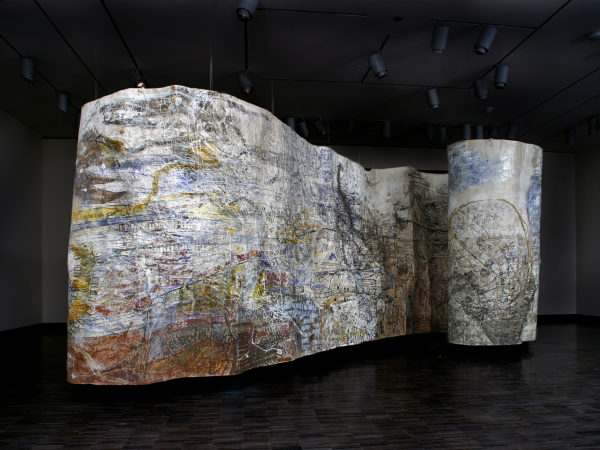Activity
Create Mini-Kamishibai
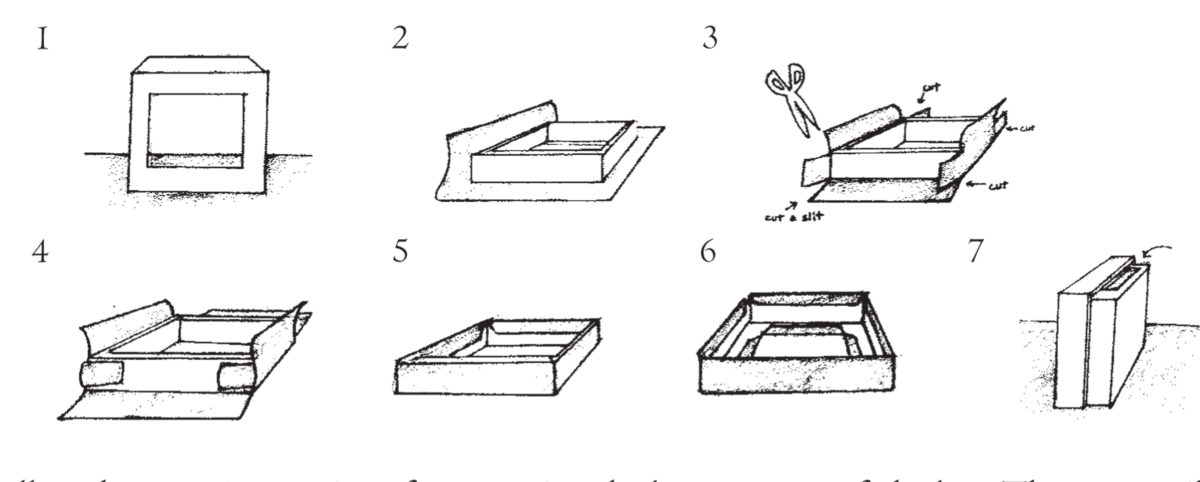
Standards:
Common Core Standards: W 4-5.9: Draw evidence from literary or informational texts to support analysis, refl ection, and research. W 8.2: Determine a central idea of a text and analyze its development over the course of the text, including its relationship to supporting ideas; provide an objective summary of the text.
Content Standards (California): HHS 7.5.3: Describe the values, social customs, and traditions prescribed by the lord-vassal system consisting of shogun, daimyo, and samurai and the lasting influence of the warrior code in the twentieth century. VPA/VA 2.2.1: Demonstrate beginning skill in the use of basic tools and art-making processes, such as printing, crayon rubbings, collage, and stencils. VPA/VA 5.4.2: Compare the different purposes of a specific culture for creating art.
Materials:
Mini-Kamishibai Box: A small box (jewelry boxes work the best), decorative paper, x-acto knife, glue, pencil, and a ruler; Mini-Kamishibai Cards: tag board or thick white paper, scissors, marker, color pencils, and crayons
Procedure:
- Present students with an introduction to Japanese culture and customs. Discuss with students how folk tales reveal the culture, customs, and values of people from different countries. Ask students to name several European folk tales and discuss how these stories reflect the values of its people.
- Describe the role of a Japanese storyteller and kamishibai in 1920s–1950’s. Explain to students how kamishibai gave young children in Japan great entertainment at a time when there was no television and few cars. Share several Japanese folk tales with your class and discuss with students their interpretations of Japanese traditional customs and culture.
Mini-Kamishibai Box
- Using a ruler, draw a square on the lid of a small box. Cut out the square with an x-acto knife (teachers or parents will need to do this for young children).
- Place the lid and the bottom part of the box together and cut a thin rectangle on a side of the bottom box. The cut should be the same width as the square cut from the lid.
- Glue and wrap the box lid (see visual intructions above).
- Follow the same instructions for wrapping the bottom part of the box. The paper will need to be cut and wrapped inside the side slit. Put the box together and you will have a mini-kamishibai box!
Mini-Kamishibai Cards
- Have students select their favorite Japanese folk tale.
- On a piece of paper, students write a summary of the folk tale and divide it into 10 segments. Segments can be numbered according to the introduction of new characters and events in a story. Make sure that students make a title card.
- Cut 11 rectangle cards the width of the square (cut from the lid) and the length a Ω inch longer than the size of the box. Students will number the cards in the top right corner 1-11. Write a brief description of each story segment onto the cards according to the card number. The back of card #11 should be left blank. In traditional kamishibai, the back of each card has a description of the upcoming picture. This enables the storyteller to refer to the back of a card to describe the next picture. For example, the back of the title card will show a summary of the picture card #2. If this is too difficult, students can match the written story segment with each picture. They can then memorize each card for their storytelling.
- Student can show off their drawing skills by interpreting and drawing each scene with markers, color pencils, and crayons.
Extension Activity – Contextual Drama:
Pretend that the classroom is a suburb of Tokyo, Japan in 1930. The kamishibai storyteller (teacher) rides into town while clapping two wooden blocks together. The teacher pretends to sell candy lollipops to the children and begins to set up his/her kamishibai box. The storyteller begins a story with “Mukashi mukashi. . .” or “Once upon a time. . .” and tells a folk tale adventure using colorful illustrations to describe each scene. As the story reaches an exciting point, the storyteller stops and the children must wait in suspense until the storyteller visits the town again.
Teachers can build their own classroom kamishibai box and make color photocopy illustrations to be used for kamishibai. Teachers can also make regular “kamishibai visits” to the class so that students gain a sense of excitement and suspense that make kamishibai so much fun.


